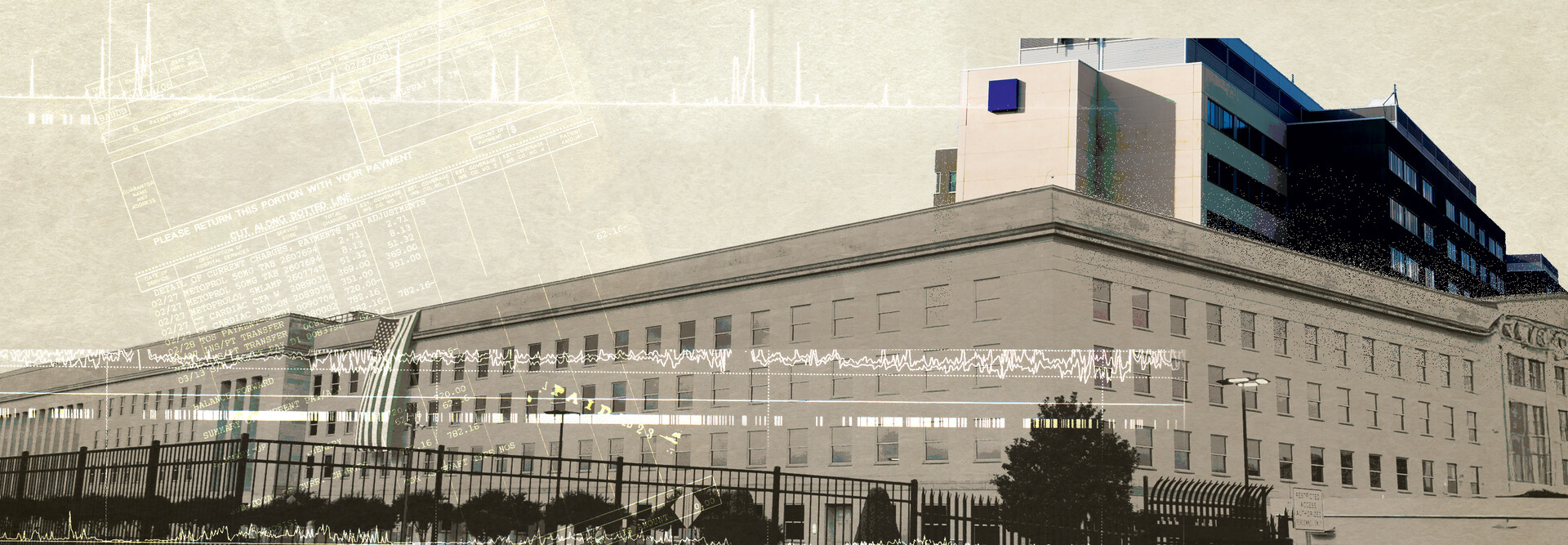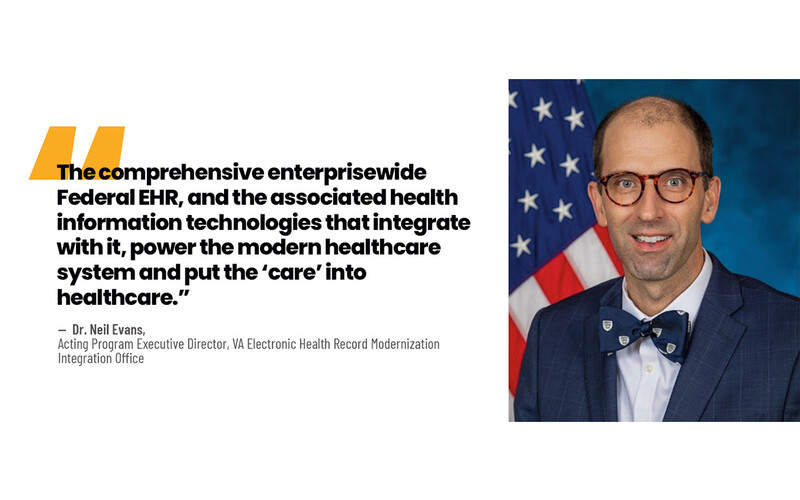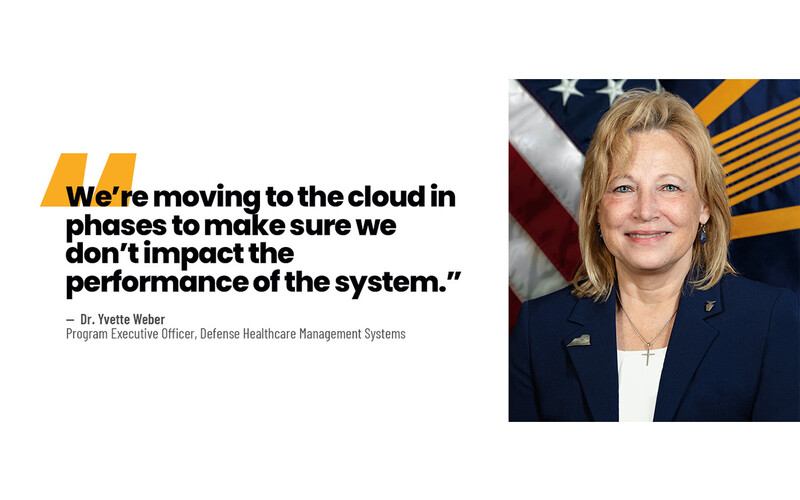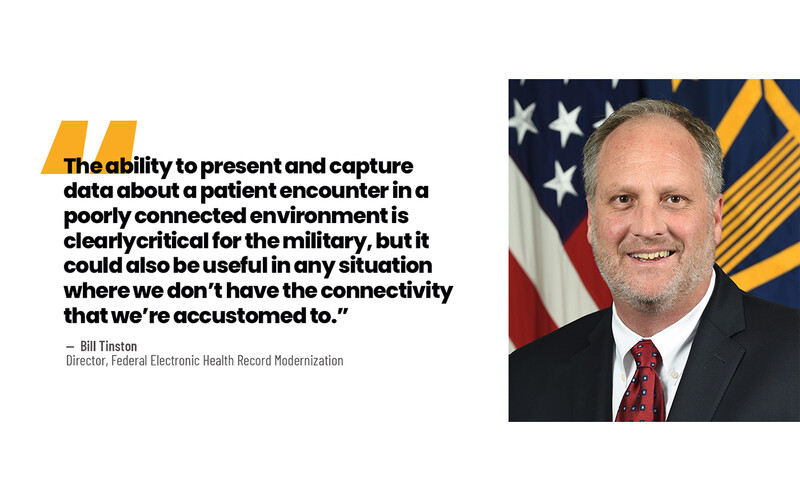Today, in a healthcare facility in North Chicago, Ill., a clinician is making decisions about the treatment she’ll provide to a U.S. military veteran. A year or two ago, she would have had to navigate between multiple electronic health record systems and paperwork her patient had on file, but now she has to click on only one EHR to access the patient’s entire clinical history, allowing her to make the best healthcare decisions.
The technology responsible for that progress: the Federal Electronic Health Record system. Developed jointly by the Department of Defense, Department of Veterans Affairs and Federal Electronic Health Record Modernization (FEHRM) Office, the software is now used by more than 200,000 clinicians in healthcare facilities across the world.
To learn more about the Federal EHR’s ongoing deployment, FedTech met with three leaders behind the effort: Dr. Neil Evans, acting program executive director of VA’s Electronic Health Record Modernization Integration Office; Dr. Yvette Weber, program executive officer for Defense Healthcare Management Systems; and Bill Tinston, FEHRM director.
Click the banner below to blend IT environments and reduce costs.


FEDTECH: Mr. Tinston, the FEHRM unites and supports federal EHR deployment efforts across DOD and VA, as well as the U.S. Coast Guard and National Oceanic and Atmospheric Administration. Can you talk a little about the purpose of this technology and why it’s so important to these agencies?
TINSTON: The Federal EHR shows what agencies can do when they work together. Having a single record for the patient creates opportunities for providers to integrate, become more efficient and deliver better healthcare.
It’s technology based on commercially available software — a networked-based solution that allows us to almost instantly promulgate changes and innovations. The beginning of the pandemic was a great example. Physicians had to order COVID tests, and at the few sites where the Federal EHR had already been deployed, this ordering capability was added to the Federal EHR and physicians could order the tests in a matter of hours. In places where they were still using legacy systems, it took weeks to make the same change.
Back to the article
Autoplay
Full Screen
Grid View
Exit Full Screen
Back to the article
Autoplay
Full Screen
Grid View
Exit Full Screen
FEDTECH: In early 2024, DOD and VA completed the first joint deployment of the Federal EHR when the system went live at the Captain James A. Lovell Federal Health Care Center in North Chicago. Dr. Weber, with more than 3,500 DOD locations now using this technology — what the Military Health System calls MHS GENESIS — would you describe the rollout as a success?
WEBER: Absolutely. For DOD, success is ultimately defined by how the system enhances the quality of healthcare for our service members, their families, retirees and veterans. With full deployment, patients have experienced significantly improved access to their medical records, and clinicians are better able to coordinate care with comprehensive views of their patients’ medical treatment histories. Paper records that need to be transported to new duty stations will no longer be generated.
From an implementation perspective, we successfully transitioned, on time and within budget, from many separate legacy systems to a single, unified platform. And our success at Lovell FHCC, which is the largest DOD-VA joint facility, really shows the system’s interoperability in how it’s seamlessly connecting patient care from the point of enlistment all the way into and through veteran status.
3,500+
The number of DOD clinics and military treatment facilities using MHS GENESIS
Source: fehrm.gov, Federal Electronic Health Record Modernization: Accomplishments, May 11, 2025
FEDTECH: Dr. Evans, can you share where VA is at with deployment across its various facilities? And how is the rollout impacting veterans?
EVANS: As of now, the system is live at six VA medical centers and 26 associated clinics. It’s also in use at more than 100 remote sites, including our regional telehealth hubs. We’re currently working on accelerating our deployments across the rest of the enterprise, with plans for 13 new medical centers and many additional clinics to go live with the system in 2026.
From our point of view, this is exciting technology, but not just for technology’s sake. The comprehensive enterprisewide Federal EHR, and the associated health information technologies that integrate with it, power the modern healthcare system and put the “care” into healthcare. It’s a tool that gives providers access to the data they need in the moment to deliver the best and highest quality healthcare to the veteran or service member sitting in front of them.
A cloud-based architecture will feature low-latency, high-performance computing resources that will enable rapid access to patient data.”
Dr. Yvette Weber
Program Executive Officer, Defense Healthcare Management Systems
FEDTECH: While the Federal EHR currently resides in a data center that is part of the infrastructure provided by Oracle Health, you’re working with vendors to move the system to the cloud. Can you talk about how this migration is going and the benefits you hope to realize from a cloud-based system?
WEBER: We’re moving to the cloud in phases to make sure we don’t impact the performance of the system. The vendor has planned for a multiyear migration effort, and this includes not just Oracle Health products but more than a hundred pieces of software that integrate with different platforms. We’re really focused on being disciplined — ensuring that we safeguard data with strict cyber protocols, for example — while also moving as fast as we can.
As far as the potential advantages go, a cloud-based architecture will feature low-latency, high-performance computing resources that will enable rapid access to patient data. We’ll have enhanced security measures that are inherent to the cloud, including FedRAMP High authorizations and a defense-in-depth approach to protecting sensitive patient information. And for IT teams, the cloud offers automation tools to simplify management and routine tasks such as scaling and patching.
EVANS: I would reiterate everything Dr. Weber said. We’re all excited about moving to the cloud, and we recognize the value that is going to be realized as part of that effort. I do want to highlight, though, the value that we’re getting from our current solution already. When it comes to the Federal EHR, regardless of how we’re running it — from a data center or in the cloud— what is more important is that it’s a single, integrated system. That’s a major step forward.
Click the banner below for the latest federal IT and cybersecurity insights.


FEDTECH: DOD is now focused on deploying specialized versions of MHS GENESIS to active-duty locations to improve healthcare for military personnel in the field. These are often extremely remote sites with limited connectivity. How might success in this area pay dividends for other Federal EHR users in the future?
TINSTON: These capabilities that DOD is deploying, to meet DOD needs, have the potential to support healthcare for Americans across the board, including at smaller agencies. Both the U.S. Coast Guard and NOAA have ships, for example, with people on board who may need care. Or, think about rural areas or unexpected natural or manmade disasters. The ability to present and capture data about a patient encounter in a poorly connected environment is clearly critical for the military, but it could also be useful in any situation where we don’t have the connectivity that we’re accustomed to. This is again why we do things together, and what makes this work so exciting.
Getty Images/claudiodivizia, qingwa, tg50, tomograf, guteksk7, ghoststone, Blondsteve, alxpin, johan10

















